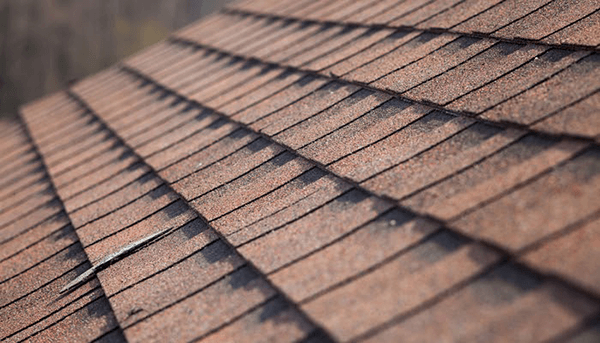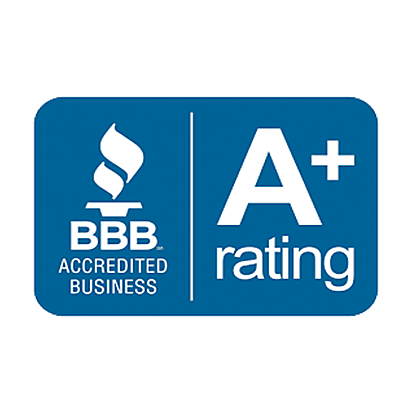Plano Asphalt Shingle Roofing
Asphalt Shingles are designed for use as multilayered, water shedding roof components that rely on the slope of a roof decking to effectively shed off water. They were first manufactured in Michigan in 1903. By the 1950’s the three-tab design was the most popular. This shingle was a thick-butt asphalt and felt with a weight of approx. 235lbs. per roofing square.
Their reinforcements and shapes categorize asphalt roofing Shingles. Asphalt shingles that use organic reinforcing mats are referred to as “organic-reinforced asphalt shingles”, and those that use glass-fiber reinforcing are designated as “glass-fiber reinforced asphalt shingles.” There are basically just two styles of asphalt roofing shingles today, which are, three tab strip shingle, and Laminated strip shingles sometimes-called “dimensional” or “architectural” roofing shingles.
Asphalt Roofing Shingle History
During the 70’s most roofing manufacturers began to replace the organic core of the shingles to fiberglass felt. This fiberglass mat core is far superior in performance than the organic “i.e. paper” felt shingles of the past. Fiberglas roofing shingles do not absorb moisture so maintain their stability. They also do not mildew, mold up, or rot. Fiberglass roofing shingles are incombustible, so they are considered a “Class A” fire rated shingle.
- Strip Shingles: These roofing shingles are in a strip form and generally longer in width than height. Common dimensions for standard shingles are 12”x36”. For metric shingles, the common dimensions are about 13”x39-3/8 “. Products referred to as “three-tab” and laminated shingles all are categorized as strip shingles. Strip shingles are “self-sealing”; that is they contain adhesive seal strips that bond to overlaying or underlying course of shingles for wind resistance.
- Laminated Strip Shingles: Sometimes called “dimensional” or “architectural” roofing shingles, these shingles have additional material laminated to strips to create random thicknesses, thereby giving the shingles a more dimensional appearance. Laminated shingles are “self-sealing”; that is they contain adhesive seal strips that bond to overlaying or underlying course of shingles for wind resistance. Dimensions and weighs vary depending on the manufacturer. Laminated shingles can also take the form of full double laminates, cu-out laminates and triple laminates.
- Installation Considerations: The bundles of roofing shingles are typically set up on the roof utilizing a crane or shingle conveyor. Shingle bundles are then mixed on the roof to provide a color blend. During a “tear off” of the old roofing layers, precautions are made to protect the building and property below. All old shingles and some roofing components are removed, nails pulled, roof decking securely fastened and rotten decking replaced. All propriety components are then applied including chimney and wall flashing as well as valley, pipe, skylight and venting.
- Cost Considerations: the costs or any Plano roofing job will vary depending on these following conditions.
- The slope of the roof.
- The type of roof decking.
- The design of the roof planes, (simple or complicated). • Style of roof “i.e. gable, hip, mansard”.
- Solid or spaced sheathing.
- Type of roofing shingle applied.
- Single story or multi-story building.
- New, Recover, or Tear off.
- Access to working conditions.





